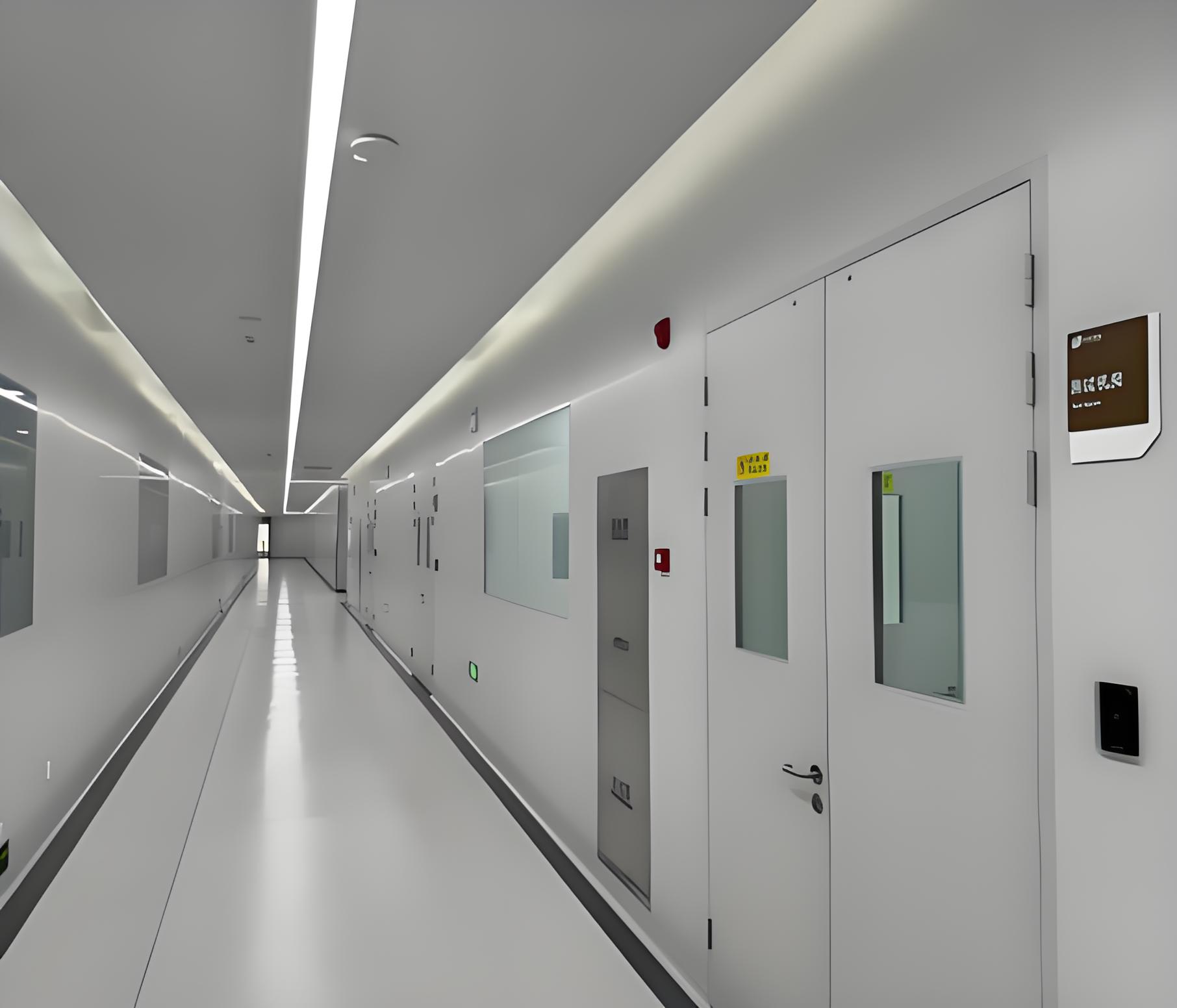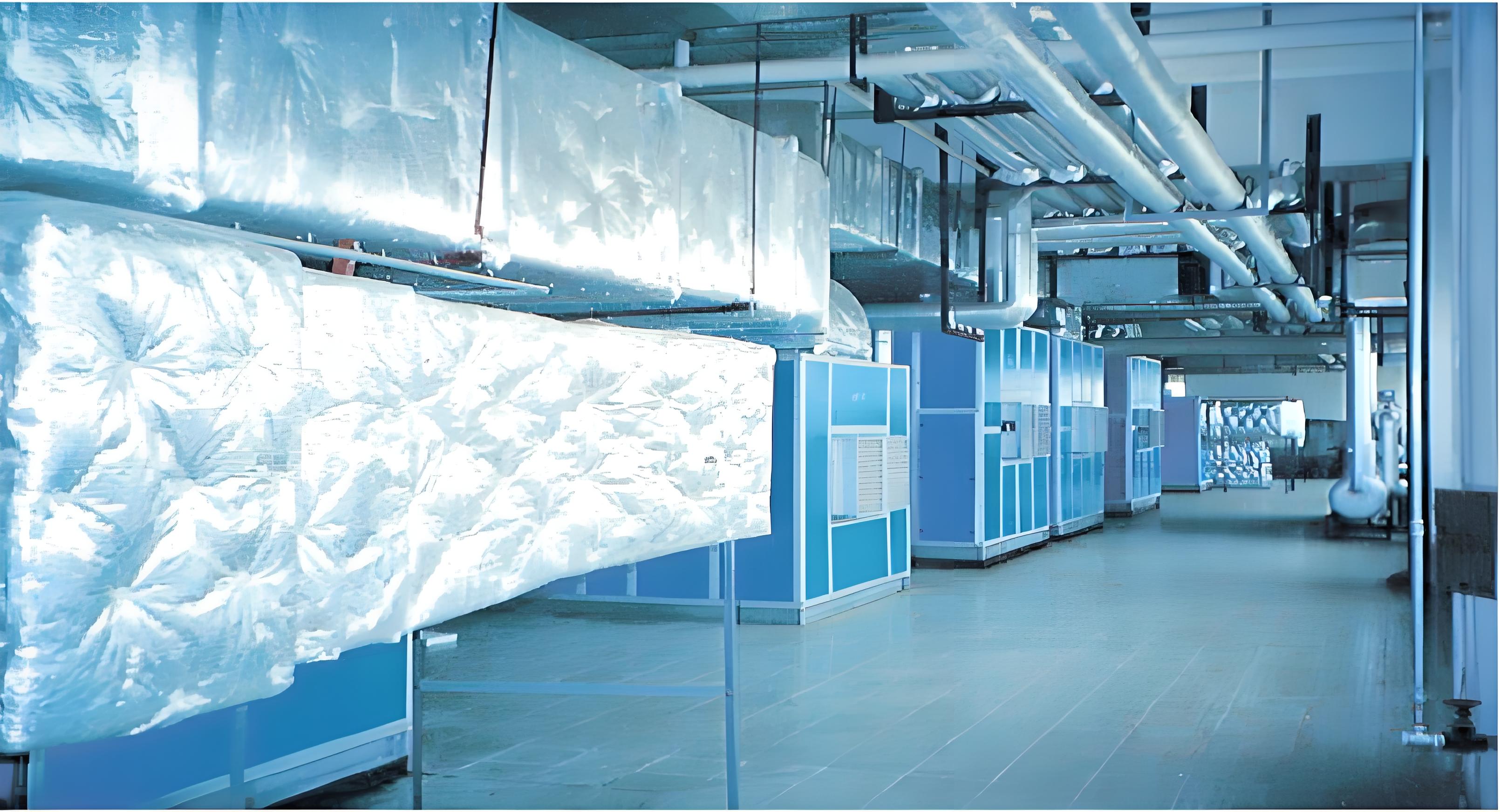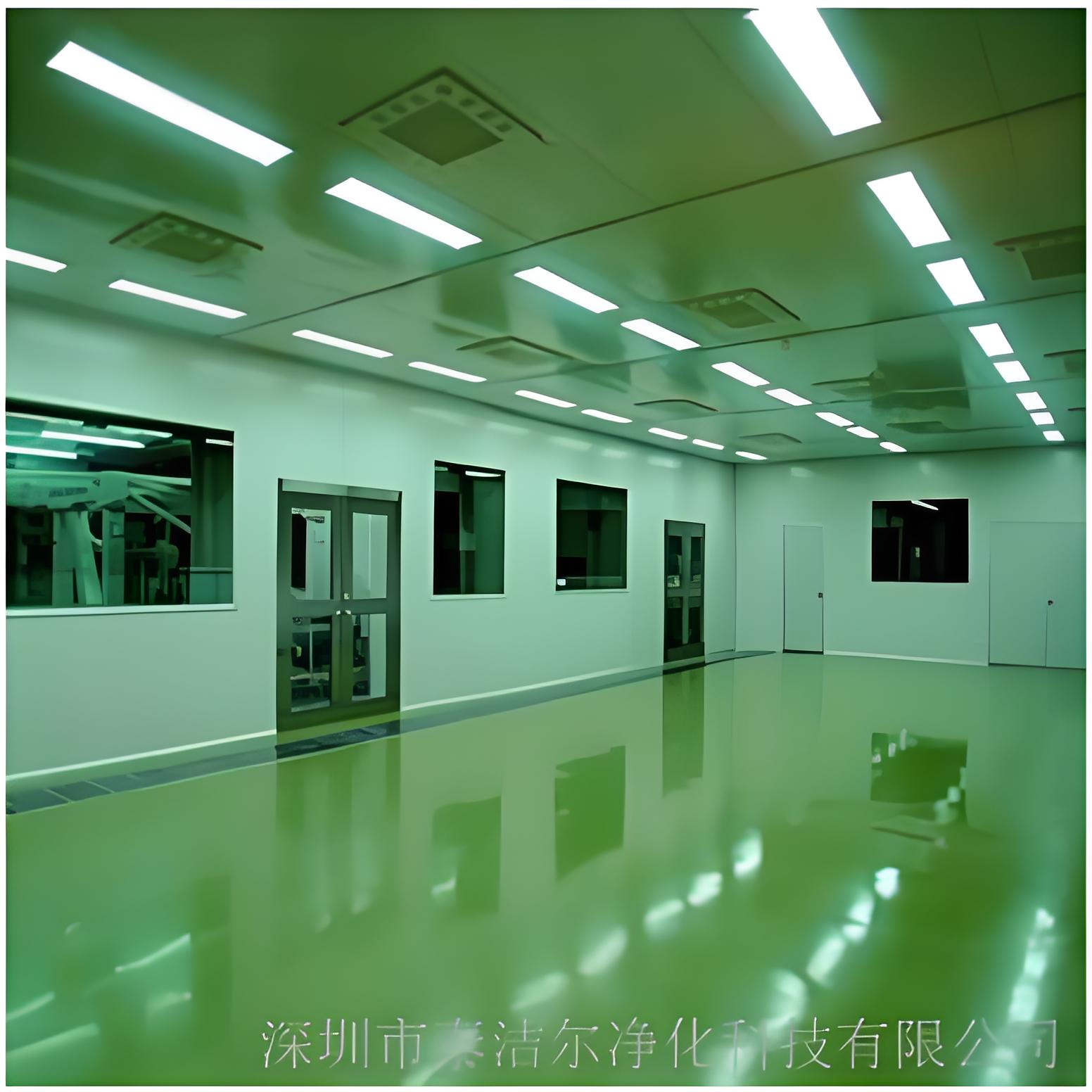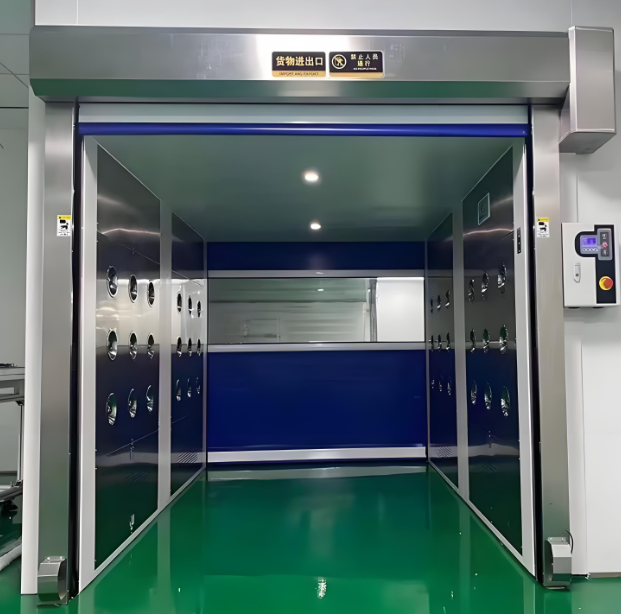




Clean room air is the fundamental element that defines the functionality and integrity of any controlled environment. From semiconductor manufacturing and pharmaceuticals to biotechnology and aerospace, the quality of the air is paramount. It is not merely about comfort; it is a critical parameter that can determine the success or failure of sensitive processes and products. This article delves deep into the ecosystem of cleanroom air, exploring the components that maintain it, the standards that govern it, and the common problems that can compromise its quality.
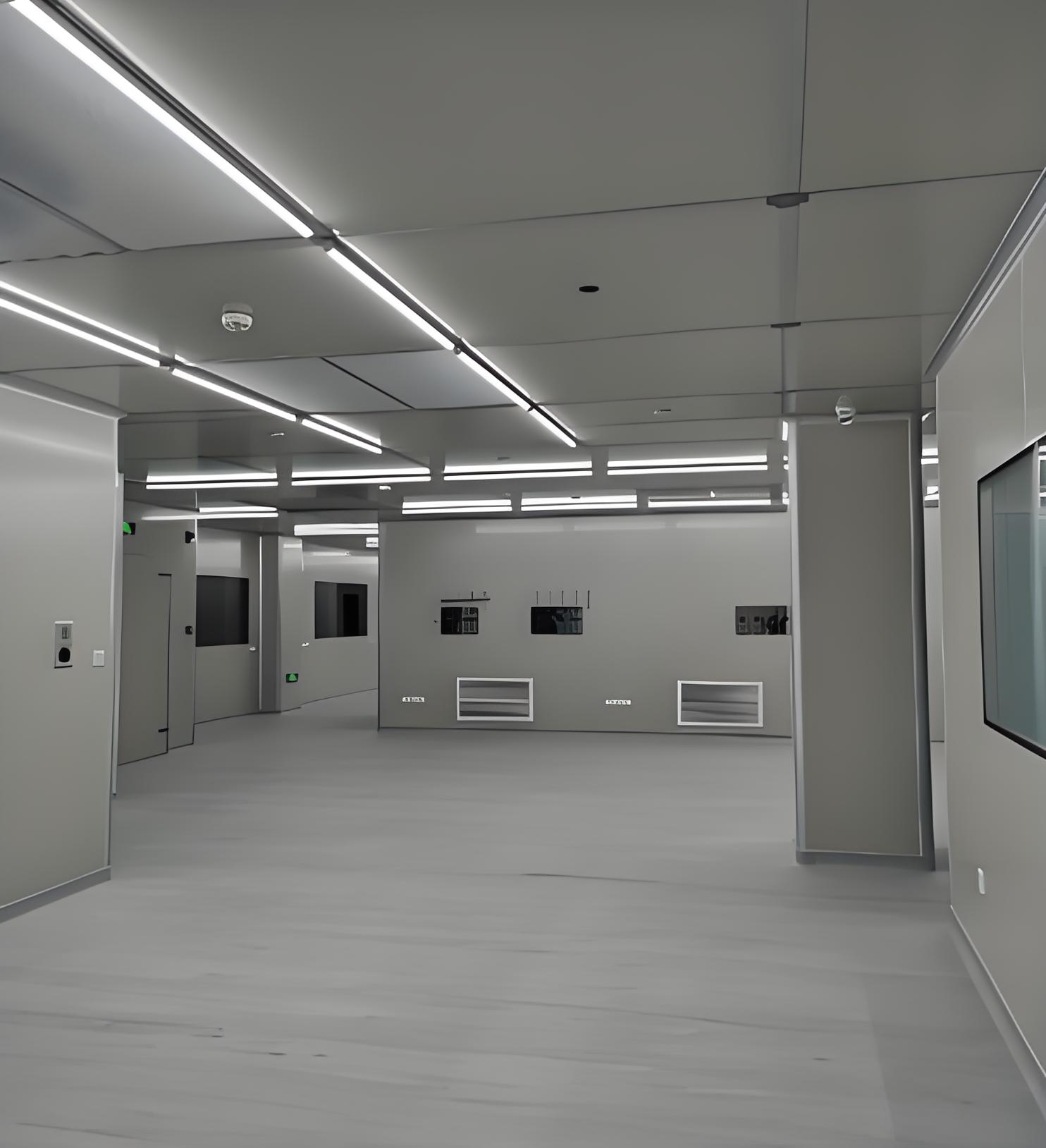
At its core, Cleanroom Air is not just filtered air; it is a meticulously engineered environment where the concentration of airborne particles is controlled to specified limits. This is achieved through a complex interplay of advanced filtration, precise airflow control, and rigorous operational protocols. The defining characteristic of a cleanroom is its ability to remove or eliminate sub-micron particulate contamination, which can be generated by people, processes, facilities, and equipment. The ultimate goal is to create a stable, predictable environment where the risk of particulate contamination is minimized to an acceptable level for the work being performed.
The first and most crucial line of defense in achieving high-quality cleanroom air is the cleanroom air filter. These are not standard air filters; they are High-Efficiency Particulate Air (HEPA) and Ultra-Low Penetration Air (ULPA) filters.
HEPA Filters: These filters are rated to remove at least 99.97% of airborne particles that are 0.3 microns in diameter. This particle size is the most penetrating particle size (MPPS), meaning it is the hardest size to capture. Both larger and smaller particles are captured with even higher efficiency.
ULPA Filters: These offer an even higher level of filtration, capturing 99.999% of particles at the MPPS, which is typically 0.12 microns for ULPA filters.
These filters are typically installed in the ceiling of the cleanroom, forming a monolithic array. They work by forcing air through a pleated mat of very fine fibers, trapping particles through a combination of interception, impaction, and diffusion. The integrity of these filters is absolutely vital, and they must be regularly tested and certified to ensure they have no leaks and are performing to their specified ratings.
Filtration alone is not enough. How the filtered air is delivered and moved through the room is equally critical. This is governed by clean room air flow principles. The primary design is laminar, or unidirectional, airflow.
Laminar Flow: In a laminar flow cleanroom, air moves in a constant, single direction (typically vertically down from the ceiling to the floor, or horizontally from one wall to another) at a uniform speed. This streamlined flow sweeps particles away from the critical process areas and toward the floor returns, preventing them from settling on surfaces or mixing with the clean air.
Turbulent or Non-Unidirectional Flow: This design uses non-uniform airflow with mixing, often aided by strategically placed vents. While less effective than laminar flow, it is suitable for lower classification rooms.
The clean room air flow requirements are stringent. Key parameters include:
Air Change Rate (ACH): This is the number of times the total volume of air in a room is replaced per hour. Higher classification cleanrooms require more air changes. For example, an ISO 5 (Class 100) cleanroom may require 250-700 air changes per hour, while an ISO 8 (Class 100,000) room might only need 10-25.
Velocity: For laminar flow rooms, the air velocity must be carefully controlled. A common standard for vertical laminar flow hoods and rooms is 90 feet per minute (±20 fpm), as it provides enough force to carry particles away without causing turbulence.
Pressure Differential: Cleanrooms are maintained at a positive pressure relative to adjacent, less clean areas. This prevents unfiltered air from infiltrating the clean environment when doors are opened. A typical pressure differential is +0.02 to +0.05 inches of water column.
How do we quantify the cleanliness of a room? This is where cleanroom air classification standards come into play. The most widely adopted standard is ISO 14644-1, which has replaced the older US Federal Standard 209E.
The ISO standard classifies cleanrooms based on the maximum allowable concentration of airborne particles per cubic meter of air. The classification number (e.g., ISO 5, ISO ) refers to the logarithm of the number of particles 0.1 µm or larger permitted per cubic meter of air. For example:
ISO 5: No more than 3,520 particles ≥ 0.5 µm per cubic meter.
ISO 7: No more than 352,000 particles ≥ 0.5 µm per cubic meter.
ISO 8: No more than 3,520,000 particles ≥ 0.5 µm per cubic meter.
These cleanroom air classification standards provide a universal language for specifying and validating the cleanliness level required for specific applications.

You cannot control what you cannot measure. The clean room air particle counter is the essential instrument used to monitor, classify, and certify cleanrooms. This portable device actively draws in a sample of air and uses a laser-based optical sensor to detect and size individual particles. It then counts them and bins them into predefined size channels (e.g., ≥0.3µm, ≥0.5µm, ≥5.0µm).
Regular monitoring with a clean room air particle counter is mandatory to:
Certify a room upon initial installation.
Perform periodic compliance checks against ISO 14644-1.
Continuously monitor critical process locations to ensure they remain within specified limits during operations.
While particle count is the primary metric, cleanroom air quality requirements often extend beyond just particles. Depending on the industry, other parameters may be strictly controlled:
Temperature and Humidity: Tight control is essential for process stability (e.g., photolithography in semiconductors) and operator comfort (to minimize sweating and shedding).
Vibration and Static Control: Sensitive equipment can be affected by micro-vibrations, and static charge can attract particles to surfaces.
Viable (Microbial) Monitoring: In pharmaceutical and biomedical cleanrooms, monitoring for viable organisms like bacteria and fungi is critical. This is done using air samplers and contact plates.
Chemical Filtration: In some cases, airborne molecular contamination (AMC), such as acids, bases, or dopants, must be removed using specialized chemical filtration media.
It is important to distinguish a standard air purifier clean room concept. A consumer-grade air purifier might use a HEPA filter, but it cannot create a true cleanroom environment. A cleanroom is an entire engineered system encompassing high-level filtration, controlled airflow, pressure differentials, airtight construction, strict gowning procedures, and rigorous protocols for materials and personnel. An air purifier clean room is a misnomer; a single purifier cannot achieve the comprehensive control of a validated cleanroom facility.
Even with the best design and equipment, problems can arise. Vigilance and a robust monitoring program are key to identifying and addressing these common issues:
Filter Failure and Leakage: HEPA/ULPA filters can develop leaks over time due to gasket failure, physical damage, or improper installation. This allows unfiltered air to bypass the filter media, instantly compromising the room's classification.
Incorrect Airflow Velocity or Balance: If the airflow velocity drops below the required minimum or becomes turbulent due to blocked returns or fan issues, it will fail to sweep particles away effectively. An imbalance in the supply and return air can also disrupt pressure differentials.
Loss of Pressure Differential: A leak in the cleanroom envelope, a stuck door, or a malfunctioning HVAC control system can cause the room to lose its positive pressure. This allows contaminated air from outside or adjacent areas to flow in.
Personnel-Related Contamination: Humans are the largest source of particles in a cleanroom. Improper gowning procedure, excessive movement, or too many personnel in the room can drastically increase particle counts.
Material Transfer: Introducing tools, equipment, or materials without proper cleaning and decontamination (e.g., through a pass-through chamber with interlocked doors) is a major source of contamination.
Inadequate Cleaning Procedures: Using incorrect cleaning agents (e.g., those that shed lint or contain oils) or not cleaning surfaces and equipment frequently enough allows particles to accumulate and become airborne.
Monitoring System Failures: A faulty or out-of-calibration clean room air particle counter can provide false data, giving a false sense of security while the actual air quality deteriorates.
Maintaining pristine cleanroom air is a complex, multi-faceted endeavor that requires a systems-thinking approach. It is a continuous cycle of design, filtration, airflow management, rigorous monitoring with tools like the clean room air particle counter, and strict adherence to operational protocols defined by cleanroom air classification standards. Understanding the roles of the cleanroom air filter, the critical nature of clean room air flow requirements, and the broader cleanroom air quality requirements is essential for anyone operating in or managing these controlled environments. By being aware of the common pitfalls and maintaining a disciplined program of preventive maintenance and monitoring, organizations can ensure their cleanroom remains a reliable foundation for quality and innovation.

